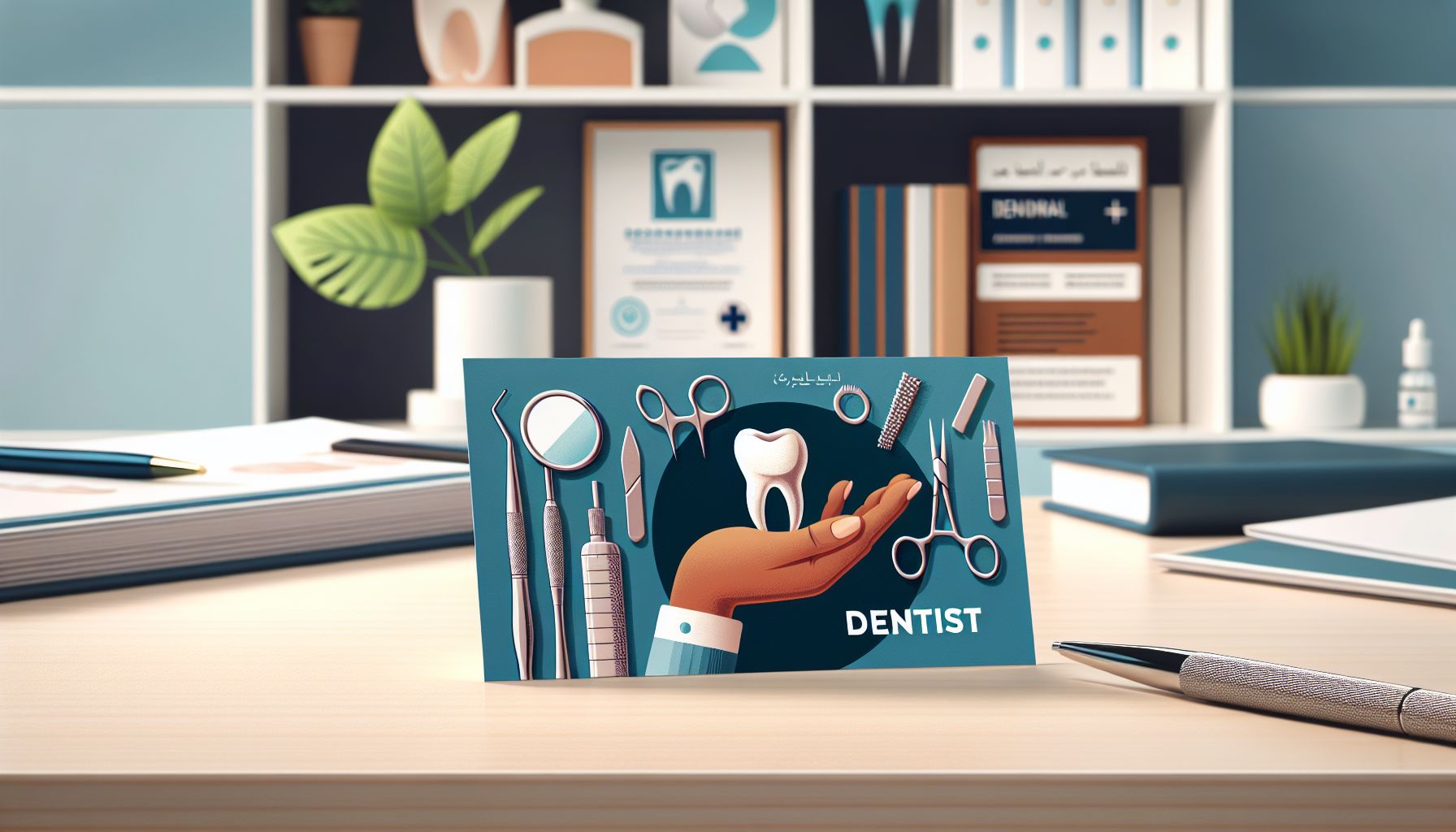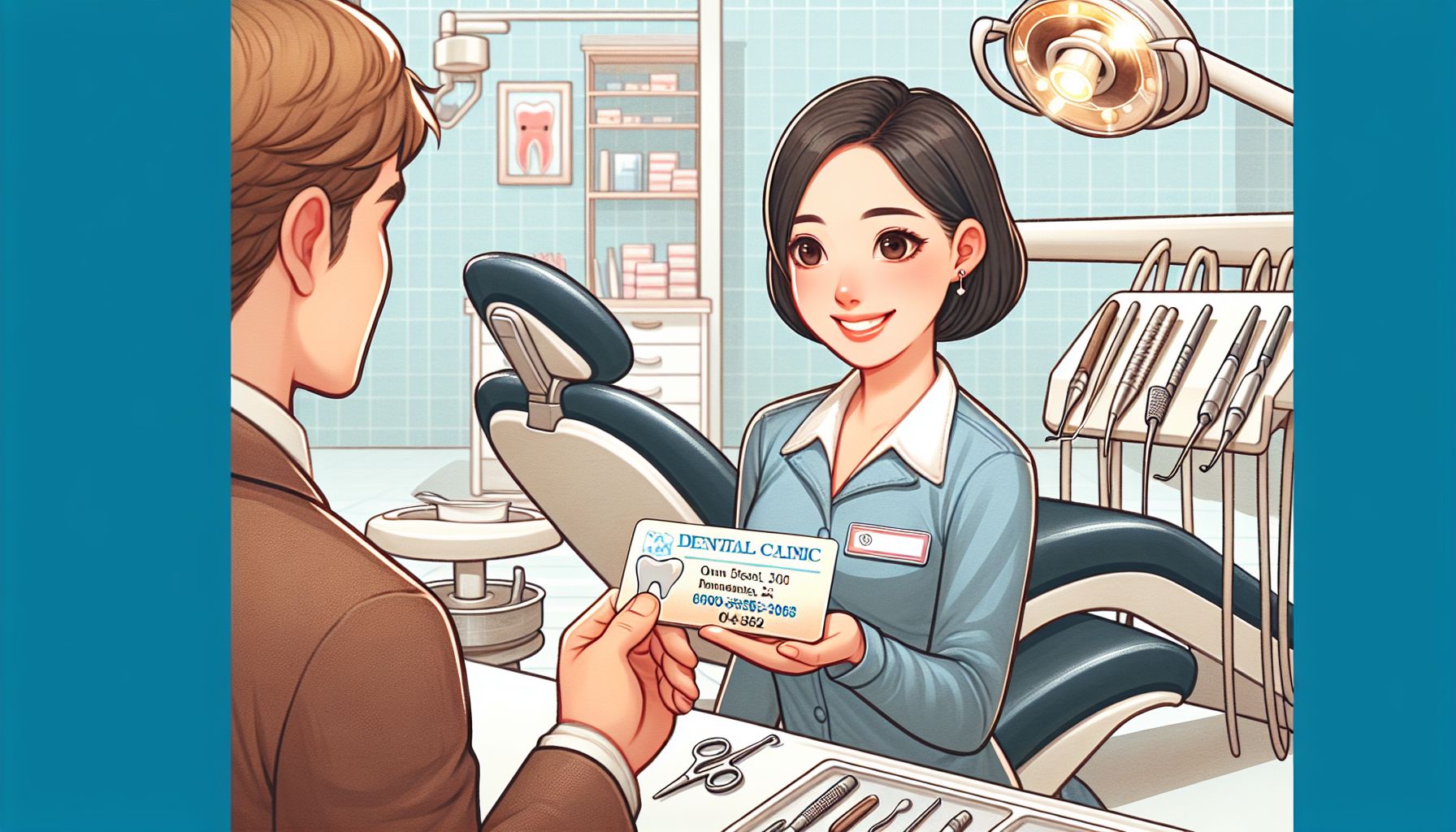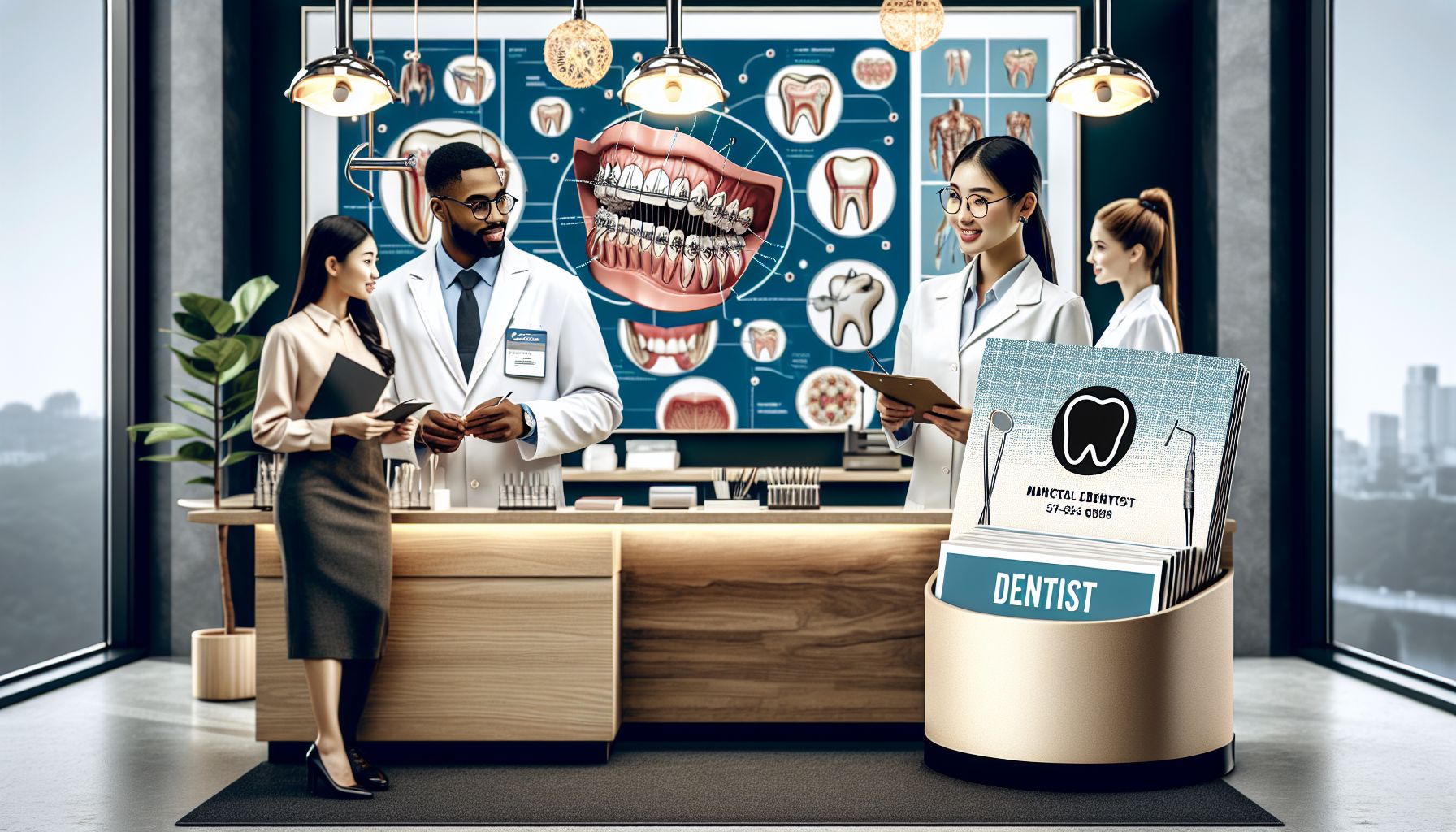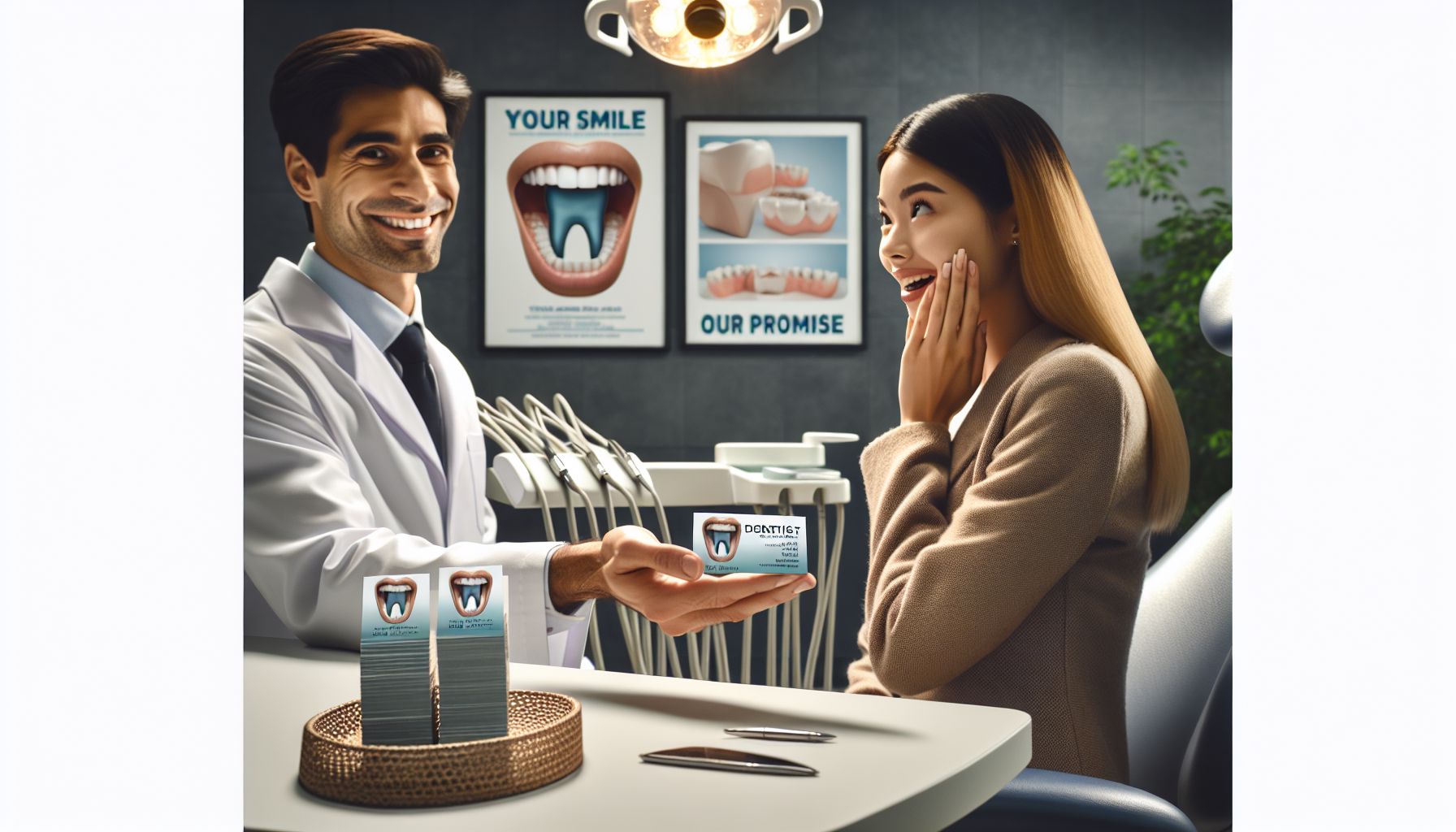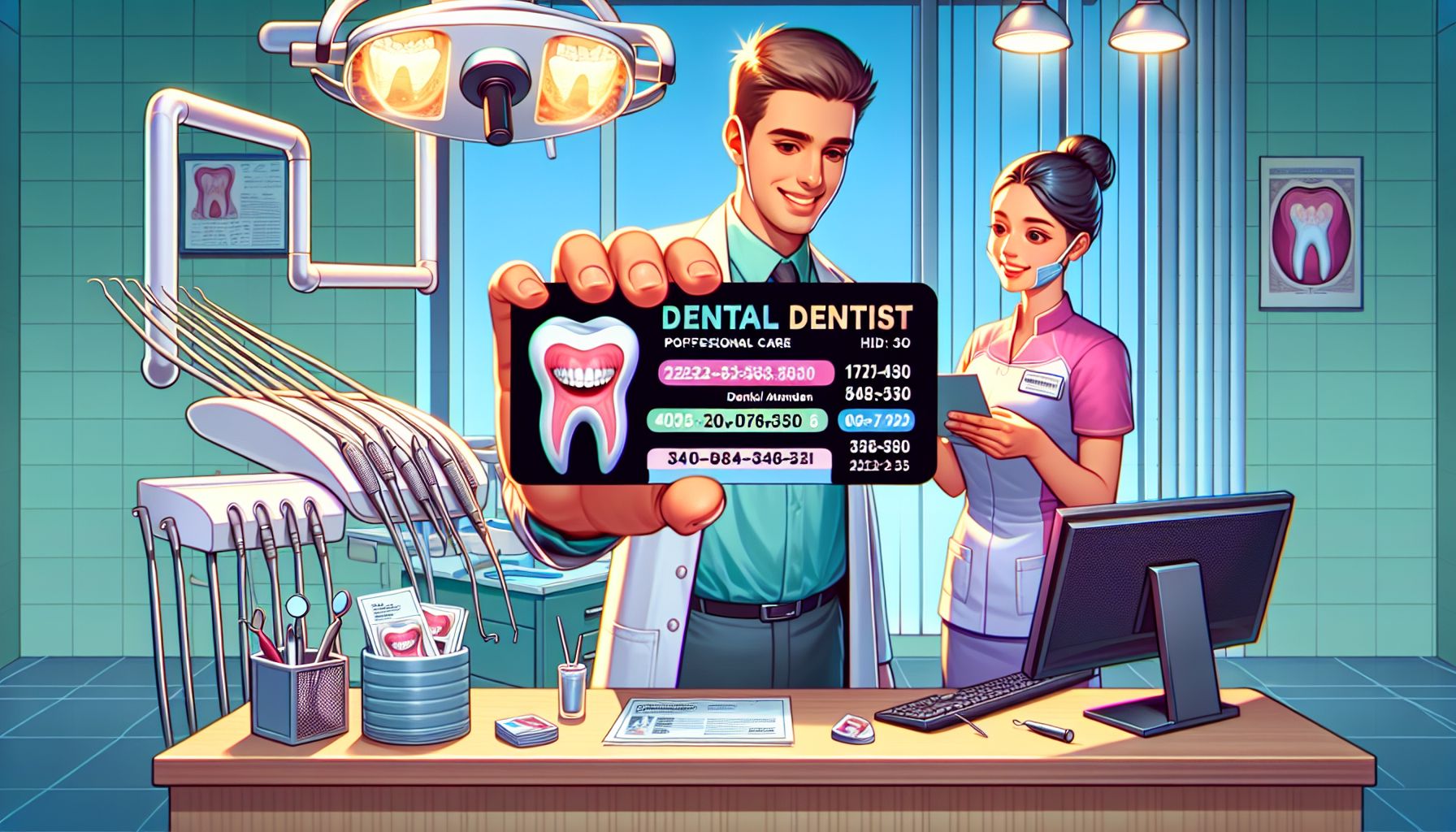Tooth Extraction In 5 Questions And Answers
What do stone, hammer and old rusty metal pliers have in common? Well, these instruments have all throughout history played a key role in the practice of tooth extraction.
If the latter has been done since the dawn of time, it was not until the beginning of the 20th century that it became safe. Tooth extraction couldn’t be done better today – especially in industrialized countries like ours. Thanks to advances in dentistry (and the discovery of less risky methods of anesthesia than a round of Russian roulette)! Although it calms you down a little, the memory of your dentist suggesting tooth extraction still worries you? This is completely normal.
Is Extraction Really Necessary?
If you have been prescribed it, it is because it is not only necessary, but essential to your oral health. For what? Simply because in dentistry today, preserving a natural tooth is an integral criterion of our practice. In other words, your dentist will always do his best to avoid tooth extraction.
Wisdom Teeth
Is it worth extracting your wisdom teeth? Your dentist is the perfect person to explain all this to you in detail. Ultimately, they are extracted to prevent infections (such as pericoronitis), thwart the development of cavities and avoid damage to adjacent teeth.
Caries
Generally, caries is a disease of the tooth that can be treated very well. But the damage may be difficult or even impossible to access. In order to avoid complications, having a tooth extracted sometimes becomes the one and only option.
A Diseased Gum
An infection or other disease of the gums (periodontal disease) may also require the extraction of a tooth. Specifically, some gum conditions can reduce the bone that holds a tooth in place. The latter is without a “seat” on which to lean and must therefore be extracted.
What To Do After A Tooth Extraction?
First of all, it is necessary to avoid drinking and eating within 2 hours after the intervention. For the next 24 to 72 hours, you should favor a cold liquid diet, or a soft and easy to chew diet. Also, it is important not to drink through a straw. This is what could dislodge the blood clot that forms in the hole left by the removal of the tooth. The latter must remain in place, since it plays a key role in healing.
Can You Eat After Having A Tooth Extracted?
Yes. As soon as the discomfort subsides, food can be integrated. Preferably soft and lukewarm foods, such as toast, mashed potatoes, compotes, purees, etc. It is obviously necessary to pay attention to chewing on the other side of the intervention. Gradually, you can start eating normally again.
How Long Does The Pain Last After Tooth Extraction?
As soon as you get home, the effects of the local anesthesia will wear off. You may feel pain, like pinching or throbbing. If so, this type of pain is very manageable with ibuprofen or another pain reliever, as advised by your dentist. Generally, the pain can be felt for a few days to two weeks following the procedure. In case of significant pain that persists beyond this period, it is important to report it to your dentist.
How Do I Know If I Have An Infection After A Tooth Extraction?
Pain that persists or increases, swelling that does not decrease, fever, significant redness in the gums: here are some signs to watch out for after tooth extraction. Rather rare, such an infection remains possible, and must absolutely be treated with antibiotics.
Why Do You Have Toothache?
Decay, abscess, loosening, sinusitis, tooth fracture: multiple factors can explain your toothache, whether it is mild, spontaneous or absolutely unbearable. Knowing the nature of the pain and identifying what triggers it can give a good clue. Is it contact with cold, hot or sweet? Is it more chewing? Or is it spontaneous, for no apparent reason?
To obtain an accurate diagnosis and appropriate treatment, an oral examination with your dentist is necessary. He will be able to analyze, among other things, when the pain appeared, its location, its level, the symptoms associated with it and take X- rays if necessary.
We Will Describe Here Some Pathologies That Can Cause Pain And The Related Symptoms:
Caries
Hot, cold, sweet, spontaneous pain are symptoms suggesting caries.
A well-known condition, tooth decay is one of the most common causes of toothache. The biofilm of the mouth (bacteria), badly dislodged by the toothbrush, sticks on the latter, transforms sugar and food into acid, weakens the enamel and makes a hole.
If the tooth is not treated quickly, the hole gets bigger and the pain intensifies! It can reach the pulp (living part of the tooth) and infect it, which may require root canal treatment.
A Dental Abscess
Bacterial infection, the dental abscess can be gingival, a consequence of gum disease or periapical (at the end of the root of the tooth) in the event that a cavity has degenerated and reached the living part of the tooth (the pulp).
Swelling, stitches, fever, sore glands, pus, unpleasant taste in the mouth, sensitivity to hot, cold, sweet, pain when chewing or touching, throbbing pain (feeling the heart beating in the tooth) are characteristic symptoms of these two types of abscess.
Gum Disease
This disease is very sneaky.
There are two types:
Gingivitis
It is an inflammation of the gums. The pain is almost non-existent, but redness, bad breath and bleeding gums are signs that it’s not okay. These symptoms must be taken seriously so as not to degenerate. With good treatment, gingivitis resolves.
When swelling, fever, pus, a loose tooth appear, the problem is often advanced. We then speak of periodontitis.
Periodontitis
It’s gingivitis that hasn’t been taken care of and has gotten worse. Dental plaque (biofilm) that has not been properly controlled calcifies and forms tartar deposits that loosen the gum tissue around the tooth.
Tartar migrates to the root, attacks the jaw bone surrounding the teeth and resorbs it. Teeth that no longer have grounding to anchor themselves in the jawbone become mobile and there is a risk of losing them in addition to having infection.
In short, bleeding from the gums, even if there is no pain, is not normal. Consult your dentist quickly so that he can prescribe the appropriate treatment.
Tooth Sensitivity
If brushing your teeth, inhaling cool or cold air, flossing, consuming hot, cold, sugary, acidic foods or beverages, and even a simple touch trigger sharp tooth pain and sudden on one or more teeth, you may be suffering from tooth sensitivity.
The main cause of this evil is the exposure of the dentine caused by a damaged enamel possibly by bruxism or the exposure of the lower part of the tooth, the root, due to the withdrawal of the gums (loosening).
The use of a suitable toothpaste and a toothbrush with soft bristles, the adoption of adequate dental hygiene and the control of bruxism can help to control this sensitivity. Dental procedures such as enamel reconstruction and gum grafting can also be considered.
Teeth Grinding (Bruxism)
Enamel wear, toothache, stiffness in the jaw, difficulty opening your mouth, headaches and enlarged facial muscles may signal that you suffer from bruxism, which is the grinding of your teeth. Teeth, most often unconsciously and sometimes while you sleep.
Indeed, the fact of rubbing your teeth against each other can in the long run damage your enamel and even expose your dentin, thus making your teeth more sensitive to cold, hot, sweet and pressure. If you think you suffer from bruxism, do not hesitate to talk about it with your dentist who can prescribe an occlusal appliance.
A Cracked Or Fractured Tooth
Biting into a hard food or bumping into it can cause a crack, even a dental fracture, sometimes without you even noticing it! If you feel pain after chewing, pressure or after a shock, contact your dentist. Nerve endings may be affected.
A Faulty Filling Or Sealant
A defective filling or sealant brings on the same symptoms as a cavity. If left untreated, it can even fracture. A preventive dental examination at least once a year is important in order to ensure that the existing restorations are still adequate and that there is no problem that has developed.
Pulpitis
It is described as a tooth infarction. Inflammation of the dental pulp (the nerve), the pulpitis increases the intrapulpal pressure and generates a strong throbbing pain (which follows the rhythm of the beating of the heart).
It is a very intense pain, which can wake up at night, with lulls, triggered or relieved by cold. It is spontaneous, acute and can then subside.
Significant decay, trauma, as well as a deep or defective dental restoration can cause it.
If the dental pulp is reached superficially, the pulpitis is then reversible and the pain will eventually fade, then disappear if the cause is treated. In the case of irreversible pulpitis, the origin of the problem must also be taken care of quickly and a root canal treatment may be necessary, otherwise the pain may persist and intensify!
Dental Malocclusion And Half-Erupted Wisdom Teeth
A misaligned tooth or a wisdom tooth that has failed to break through can exert painful pressure. Indeed, overlapping teeth, like a wisdom tooth half stuck in the gums, retain bacteria, which also risks causing cavities and infections. Orthodontics or the extraction of the wisdom tooth may be necessary to solve the problem.
Orthodontic Treatment
Braces, aligners, or other dental appliances can cause discomfort and even pain. The pain may take a few hours to show up after an appointment with the orthodontist during an adjustment. It should all go away after a few days.
Ask your dentist or specialist if anti-inflammatories or painkillers would help you. If, however, the pain is still as present after a few days, it is recommended to return to consult your professional.
Sinusitis
As the maxillary sinuses are located at the top of the cheeks just above the roots of the upper molars and premolars, the latter can become sensitive during nasal congestion or sinusitis. The harm will stop once the virus is gone, but antibiotics may be needed.
In conclusion, there is no point in enduring your suffering! Even if you fear the dentist, do not avoid going to consult him when you suffer from dental pain. If your toothache is not taken care of in time, it is likely to get worse and the pain, to intensify!


